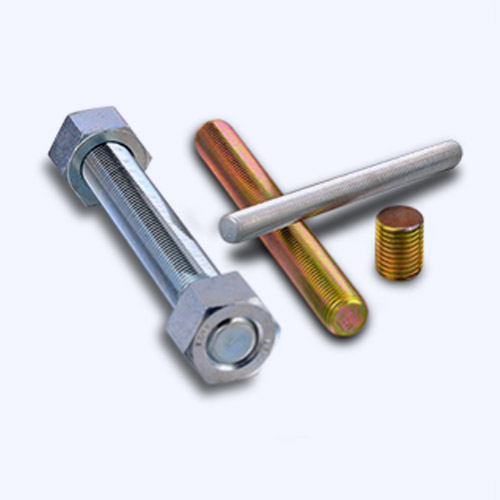Dec . 13, 2024 21:30 Back to list
Understanding Flange Screws and Their Applications in Engineering Design
Understanding Flange Screws A Comprehensive Overview
Flange screws are a specific type of fastener characterized by a built-in flange or collar at their base, which provides a larger bearing surface than traditional screws. This distinctive feature makes flange screws highly beneficial in various applications across numerous industries. This article will delve into the design, types, advantages, and applications of flange screws, highlighting their importance in modern engineering and construction.
Design and Types
Flange screws come in various sizes and materials, catering to specific needs within the industries they serve. The most common materials used for flange screws include stainless steel, carbon steel, and plastic, each offering unique properties in terms of strength, corrosion resistance, and weight.
There are several types of flange screws available
1. Hex Flange Screws These screws possess a hexagonal head and a wide flange that helps distribute the load over a larger area. They are often used in high-torque applications where a secure fit is essential.
2. Oval Flange Screws Featuring a rounded head that provides a smooth finish, oval flange screws are used for aesthetic purposes or in applications where sheet metal needs to be fastened without protruding edges.
3. Sheet Metal Flange Screws Specifically designed for fastening thin sheets of metal, these screws allow for easy application and were engineered to resist stripping and ensure a secure hold.
4. Socket Head Flange Screws With a cylindrical head and an internal hex drive, these screws are ideal for applications that require a square fit and potentially lower profiles.
Advantages of Flange Screws
flange screw

Flange screws offer numerous advantages that make them a preferred choice for many applications
- Load Distribution The wide flange of these screws increases the bearing surface, reducing the risk of damage to the materials being joined and providing better load distribution. This is particularly crucial in applications that experience vibration or shock loads.
- Anti-Slip Design The flange often has serrations that grip the material better, helping to prevent slipping during assembly and ensuring a secure fit.
- Ease of Installation Flange screws can be installed quickly and easily, as the flange allows for a more significant surface area when tightening the screw, reducing the risk of skidding out of alignment.
- Reduced Weights Compared to traditional fastening systems that may require additional washers or spacers, flange screws can help streamline design and reduce the overall weight of assembled products.
Applications
Flange screws are widely used in various industries, including automotive, aerospace, construction, and electronics. In the automotive industry, they provide reliable fastening for body panels and structural elements. In aerospace, flange screws contribute to building safer and lighter aircraft components. In construction, these screws play a crucial role in securing structural frameworks and connecting diverse materials.
In the electronics sector, flange screws secure housing for delicate components, ensuring a robust yet lightweight assembly that can withstand environmental stresses. Their versatility cements their place as an essential component in modern manufacturing and assembly processes.
Conclusion
In summary, flange screws represent a vital component in fastening technology. Their unique design helps enhance load distribution, reduce installation time, and secure connections across a range of applications. As industries continue to evolve, the reliance on innovative solutions like flange screws will grow, underscoring the importance of these fasteners in achieving structural integrity and operational efficiency in various engineering endeavors. Understanding flange screws—ranging from their designs to their advantages—enables us to appreciate their significant role in our everyday technological landscape.


